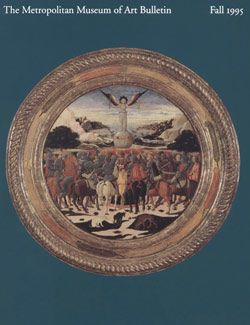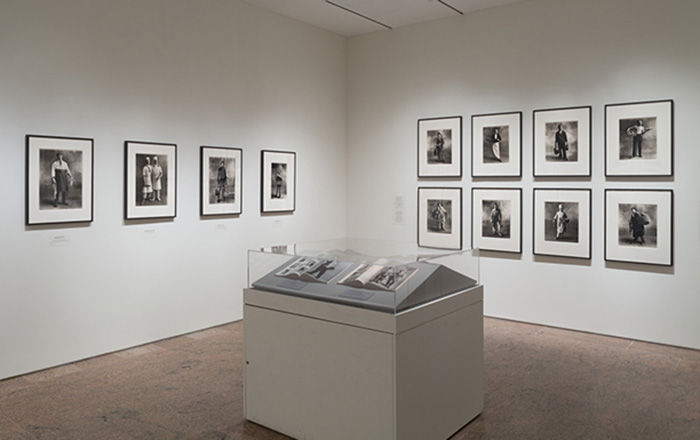Nashville
Lee Friedlander American
Not on view
In the early 1960s Friedlander made a small series of photographs of television sets while traveling across America on two Guggenheim Foundation fellowships (1960 and 1962) and on editorial assignment for several popular men's magazines. The witty, often ironic pictures provide intuitive commentary on television as "the plug-in drug," the revolutionary fixture of twentieth-century life which may be the central image of the age. Most of these photographs were made in an appropriately modern, artificial space—a motel room—which is at once bedroom, living room, and theater. They connect Friedlander to several generations of artists that include Edward Hopper and Alfred Hitchcock, both of whom were fascinated by the psychology and alien environment of the American traveler.
Outfitted with Martian-like antennae, the television sets broadcast scenes from movies, sitcoms, and advertisements but beam their ambiguous images into otherwise empty rooms. Although the advertisement here may be for cold medicine, Friedlander's photographs reflect on the fine line between pain and pleasure, tragedy and comedy, the sanitized and the erotic, and are as dense with mixed messages as a typical evening of television.
This image cannot be enlarged, viewed at full screen, or downloaded.

